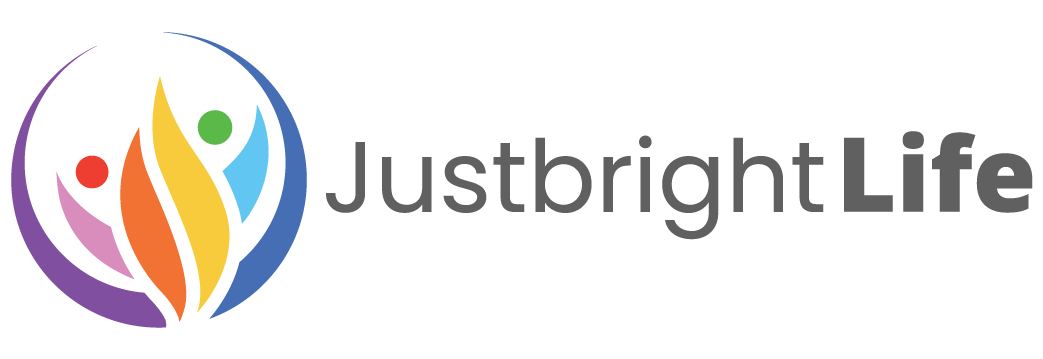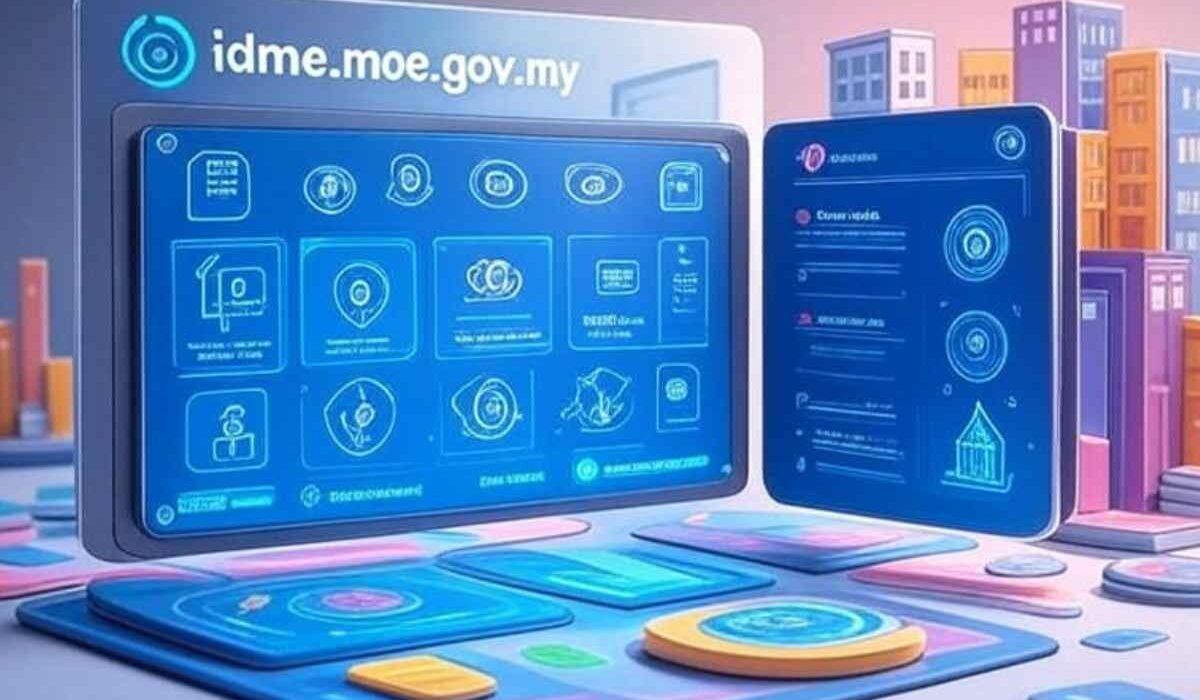The website https //idme.moe.gov.my 2025 has become a central hub for Malaysia’s education system, managed by the Ministry of Education (KPM). Known as the Sistem Pengurusan Identiti (Identity Management System) or IdMe KPM, this portal facilitates a range of service’s for students, parents, and educators, from school registrations to identity verification. With its role in streamlining access to educational resources, idme.moe.gov.my is a critical tool for Malaysian families, but its implementation and accessibility raise important questions about efficiency, equity, and digital security in 2025. This article explores the functionality of the portal, its significance, and the broader implications for education in Malaysia.
What is https //idme.moe.gov.my 2025?
The IdMe KPM portal, accessible at https //idme.moe.gov.my 2025, serves as a centralized identity management system for the Malaysian Ministry of Education. It acts as a single sign-on platform, allowing users—students, parents, teachers, and administrators—to access various educational services with one set of credentials. According to web sources like idmekpm.my and idmes.my, the portal supports tasks such as:
- School Registration: Parents can register their children for Year 1, with the 2026 academic session registration open from March 1 to April 30, 2025, for Malaysian children born between January 2, 2019, and January 1, 2020.
- Placement Checks: Users can check school placements for Year 1 starting October 1, 2025, ensuring transparency in the allocation process.
- Identity Management: The system verifies and stores user credentials, enabling secure access to KPM’s integrated systems like MOEIS (Ministry of Education Integrated System).
The portal’s design emphasizes efficiency, aiming to reduce paperwork and streamline processes that were once handled manually at schools or district offices. For instance, parents can log in to update their child’s information, check academic progress, or manage school-related matters, all from a single platform.
The Significance of IdMe KPM in 2025
In 2025, Malaysia’s education system is undergoing a digital transformation, with tools like idme.moe.gov.my playing a pivotal role. The portal addresses several key needs:
- Accessibility: By offering an online platform, IdMe KPM eliminates the need for in-person visits to education offices, a significant advantage for families in rural areas or those with limited mobility. This aligns with Malaysia’s broader push toward digital governance, where services are increasingly available online.
- Centralized Management: The system consolidates user data, ensuring that students, parents, and teachers can access multiple KPM services—such as academic records, co-curricular evaluations, or teacher training modules—without needing separate logins for each.
- Transparency in School Placement: The ability to check Year 1 placements online reduces uncertainty for parents, who previously had to rely on manual notifications or school visits to confirm their child’s school assignment.
For the 2026 academic session, the portal has already set clear timelines: registration from March 1 to April 30, 2025, and placement checks starting October 1, 2025. This structured approach reflects KPM’s commitment to planning and organization, ensuring that families have ample time to prepare for the new school year.
A Critical Perspective
While idme.moe.gov.my offers undeniable benefits, its implementation raises several concerns that merit scrutiny. First, the digital divide in Malaysia remains a significant barrier. In 2025, despite advancements in internet infrastructure, rural areas and low-income households still face challenges with connectivity and device access. For parents without smartphones or reliable internet, navigating the online registration process can be daunting, potentially excluding vulnerable families from the education system. The Ministry of Education has not publicly outlined robust support mechanisms—like offline registration options or digital literacy programs—to address this gap, which risks exacerbating educational inequality.
Second, the security of the IdMe KPM system is a pressing concern. As a centralized repository of personal data, including identity card numbers and educational records, the portal is a prime target for cyberattacks. In 2025, cybercrime in Southeast Asia has surged, with data breaches in government systems making headlines. While the portal requires users to log in with their IC numbers and passwords, there’s little information on the security measures in place—such as encryption standards or multi-factor authentication—to protect user data. A breach could have devastating consequences, exposing sensitive information about millions of students and families.
Moreover, the user experience of idme.moe.gov.my has room for improvement. Tutorials on platforms like YouTube and Facebook indicate that some parents struggle with the registration process, particularly those unfamiliar with digital systems. Issues like forgotten passwords—addressed in a Facebook post about resetting credentials—highlight the need for better user support, such as a dedicated helpline or more intuitive interface design. Without these enhancements, the portal risks alienating the very users it aims to serve.
How to Use https //idme.moe.gov.my 2025 Effectively
To make the most of the IdMe KPM portal while mitigating risks, here are practical steps for users:
- Register Early: For the 2026 session, complete your Year 1 registration between March 1 and April 30, 2025, to avoid last-minute issues. Log in at https //idme.moe.gov.my 2025.
- using your IC number and password.
- Check Placements on Time: Starting October 1, 2025, use the portal to confirm your child’s school placement, ensuring you’re prepared for the academic year.
- Secure Your Account: Use a strong, unique password and avoid sharing your login details. If you forget your password, follow the reset process outlined on the portal or seek assistance via KPM’s support email, 80008000@mygcc.gov.my.
- Seek Help if Needed: If you lack internet access or face technical difficulties, contact your local education office for assistance. KPM should provide offline alternatives, so don’t hesitate to inquire.
- Stay Informed: Monitor KPM announcements for updates on the portal’s functionality or new features, especially as the 2026 session approaches.
Broader Implications
The IdMe KPM portal reflects a broader trend in 2025: the digitization of public services. While this shift promises efficiency and accessibility, it also exposes systemic challenges, from digital equity to cybersecurity. For Malaysia, a country aiming to become a regional education hub, ensuring that tools like idme.moe.gov.my are inclusive and secure is critical to achieving that vision.
Looking ahead, KPM must address the portal’s shortcomings by investing in rural connectivity, enhancing security protocols, and improving user support. Public awareness campaigns—perhaps through schools or community centers—could also help parents navigate the system, ensuring that no child is left behind due to technological barriers. At the same time, users must approach the portal with caution, protecting their data and advocating for better services where needed.
Looking Ahead
In 2025, https //idme.moe.gov.my 2025 stands as both a symbol of progress and a reminder of the challenges inherent in digital transformation. For Malaysian families, it offers a convenient way to engage with the education system, from registering a child for school to checking their placement. Yet, its success hinges on addressing the digital divide, securing user data, and ensuring a seamless user experience.
As Malaysia continues to modernize its education system, the IdMe KPM portal will likely evolve, potentially incorporating new features like academic tracking or parent-teacher communication tools. For now, it remains a vital resource for families navigating the 2026 academic session—but one that requires careful use and critical oversight to truly serve all Malaysians equitably.


